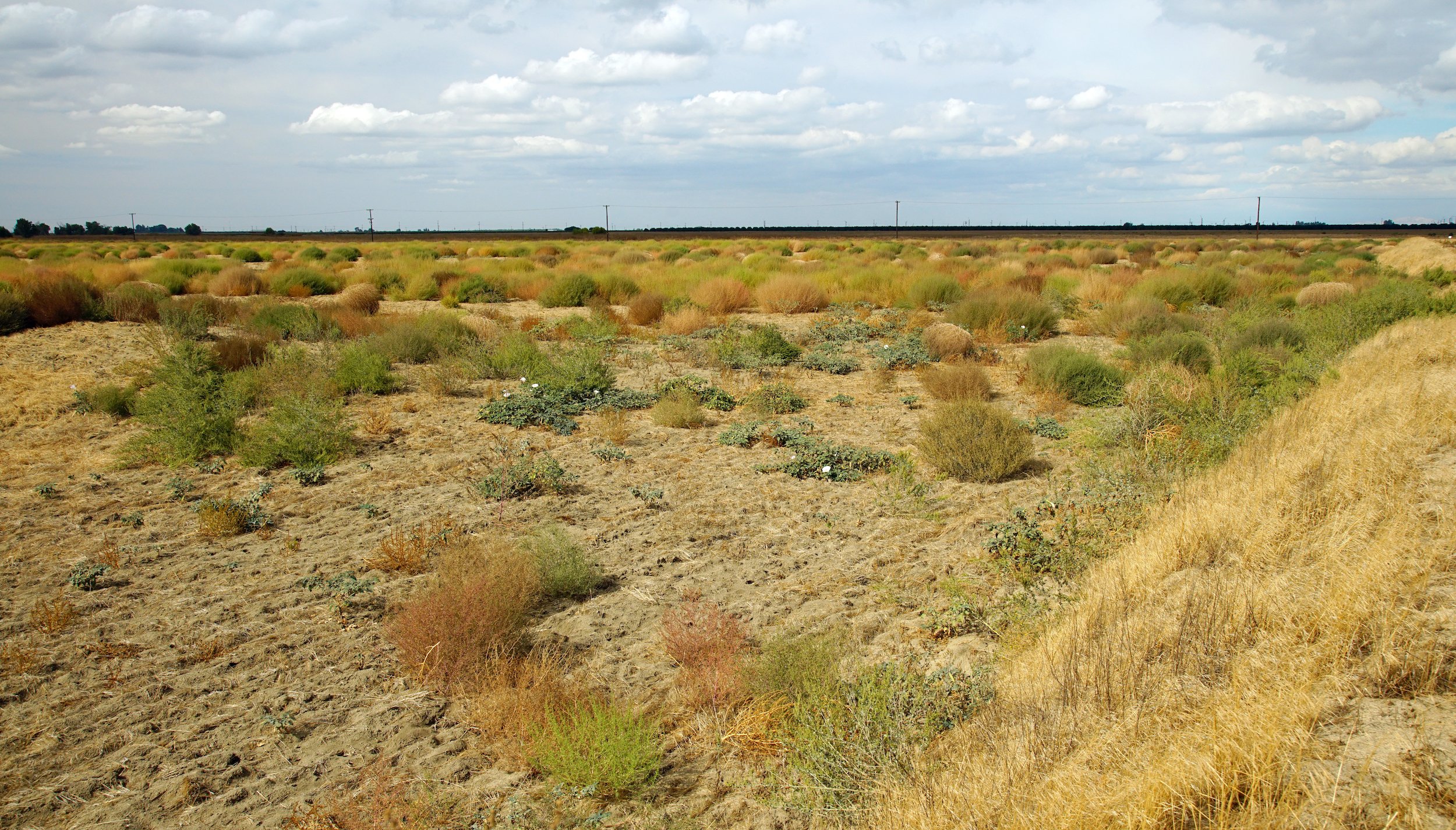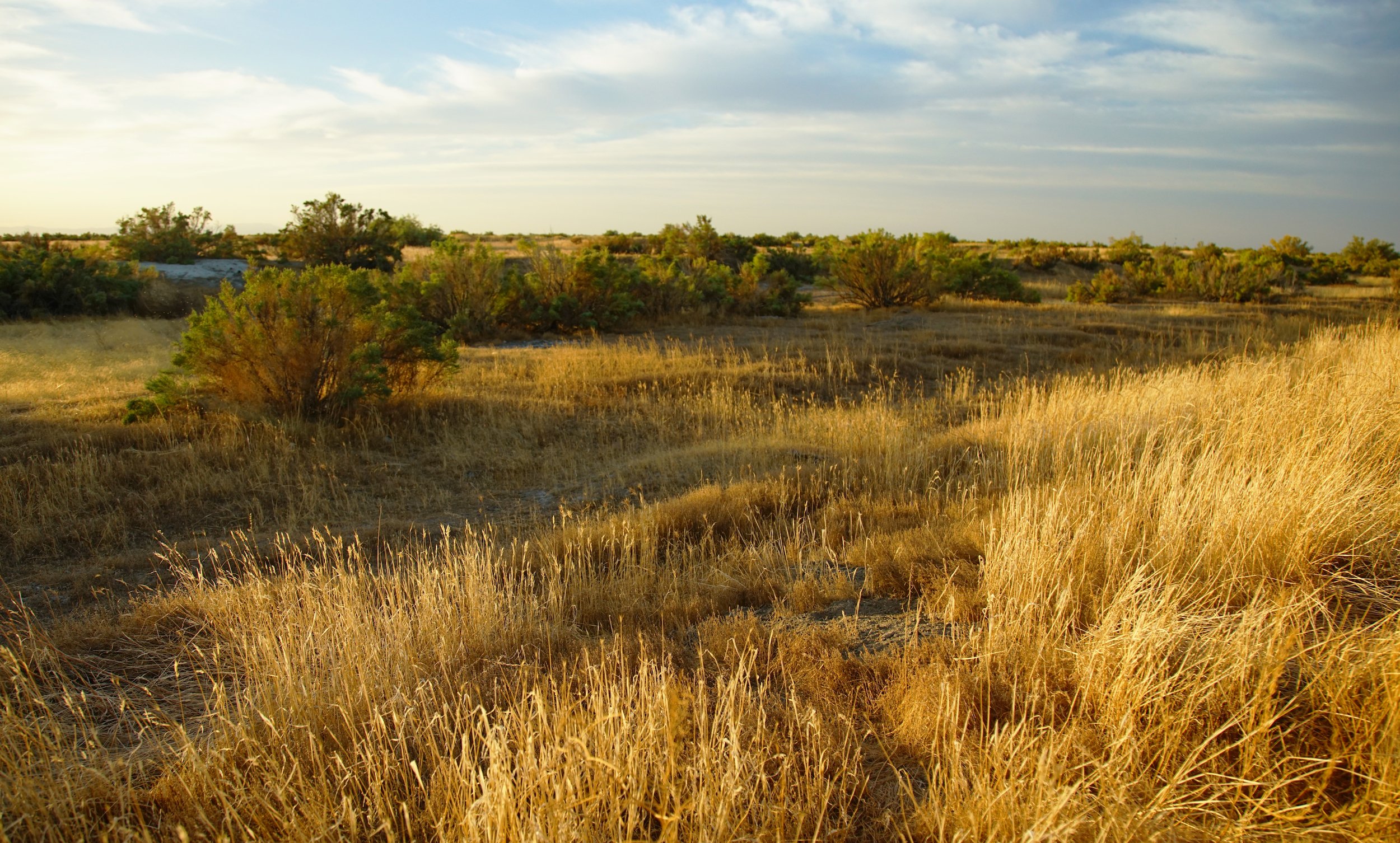Land
Fallowing Program
Conservation easements, restoration, and recharge may benefit your business while helping our environment.
2024-25 Land Fallowing Applications Now Open
Deadline EXTENDED: 9/30/24
Practice Requirements
Forgo the use of transitional water on enrolled fields during the enrollment period
A program enrollment commitment of 1 year, starting in October 2024.
Contracts may range from a minimum of 1 year to a maximum of 5 years. Applicants proposing a contract greater than one year will score higher. At this time there is no funding secured for subsequent years; therefore, continued enrollment cannot be guaranteed.
Plant one of a pre-selected cover crop by December 31st and not terminate the cover crop until the end of July of each contract year
Enroll a minimum of 20 acres
All enrolled lands must have been farmed within the last 3 years
No harvesting of cover crop
Water Management
To help the local GSA meet Groundwater Sustainability Plan goals, this program requires participants to reduce the use of transitional water by the amount associated with enrolled acreage.
No supplemental irrigation is allowed to establish cover crops
In the event of cover crop failure due to lack of winter rain, alternative land management options may be specified
The Trust will provide the local GSA with the acreage enrolled in the program and verify transitional water credit reductions
Cover Crops
Cover crop seed and seeding rate will be approved by the Trust
More information will be provided in the bid form
Field Characteristics
Enroll a minimum of 20 acres of land that was farmed within the last three years
If under multi-year contracts, reduced or no tillage practices are required between annual cover crops
Monitoring
The Trust, or any of its partners, affiliates, and associated cooperating entities, will monitor and access the enrolled and adjacent parcels for data collection and to ensure the enrolled fields are adhering to the Program requirements
Monitoring and access will be set up on a mutually agreeable schedule, or as necessary for the purposes of the Program, but not without at least 48 hours of advance notice to the Participant for data collection and to ensure the enrolled fields are adhering to the Program requirement
Background & Benefits
Demand Reduction, Recharge, and Transitional Water
The participating GSAs are taking a multi prong approach to preserve farming, retaining and establish wildlife habitat and groundwater. while providing benefits to disadvantaged communities and socially disadvantaged farmers and ranchers.
Participating GSAs have established a “transitional” water allocation as a way to ease groundwater demand reductions on the road to full implementation of the Groundwater Sustainability Plan to meet SGMA requirements. Transitional Water allocations ramps down over time but still result in continued overdraft of the basin through the SGMA planning period.
This program is designed to incentivize landowners to not use transitional water now, so that water demand reductions, groundwater recharge, and overall sustainability benefits can be achieved within the SGMA-measured timeframes.
Soil Quality Benefits of Cover Cropping
Lands enrolled in the program will plant prescribed cover crops designed to create secondary benefits, including dust reduction, increased surface water infiltration, soil aeration, pollinator benefit, weed control, and overall soil health improvements by relieving compaction and improving structure of overtilled soil, adding organic matter to encourages beneficial soil microbial life and enhances nutrient cycling.
Wildlife Habitat Value
The Central Valley of California is a key migration stop over and winter location for millions of migratory birds along the Pacific Flyway, which extends from Alaska and the Arctic down to the tip of South America. Millions of ducks, geese, shorebirds, wading birds, and cranes use this migratory corridor to move between their summer and winter ranges. They depend on the Central Valley - one of the most important inland stopover sites on the Pacific Coast - for safe places to find food and rest in the wetlands and agricultural lands of the Valley. Many other birds depend on these same landscapes for safe places to breed during the summer.
Cover crops can provide valuable habitat for wintering birds looking for safe places to rest and forage. They can also provide vital areas for summer breeding birds like waterfowl and some grassland birds to nest and raise young, or for migratory birds of prey to find food.
Bid Selection Process
All bids will be ranked and scored by the Fallowing Program Selection Committee, which includes representatives from the Tule Basin Land & Water Conservation Trust, the GSAs, and The Nature Conservancy. The committee will assess bids according to standardized methods.
Considerations for Bid Proposals
Higher scoring bids may offer the following:
Commitment to fallow for longer duration (up to 5 years)
Applicants with large, contiguous acreage
Lower scoring bids may have the following characteristics:
Single-year fallowing commitments
Lands fallowed outside of a fallowing program in any of the prior 3 years
Smaller acreage
Now Open:
2024-25 Land Fallowing Program

Explore Our Projects
Frequent Questions
-
– Coordinating with program staff and partners to allow access to monitor the fields
– Plant and maintain the cover crop as per program agreement for the full term of the agreement.
– Communicate in writing with program staff on any requests for deviation.
– Participants wishing to exercise their right to sink water for ground water recharge, per program requirements, should indicate so at time of bid and prepare fields accordingly prior to planting. No ground disturbance will be allowed after planting.
-
Yes, as long as your current program does not conflict with the objectives of the Trust Land Fallowing and Water Convervation Program.
-
Participants can only participate in one of the two programs. However, the GSA allows lands to opt out of the GSA-based fallowing program and enroll in the Trust Program.
-
Yes, as long as you provide a copy of the lease demonstrating lessee control of property during the duration of the Program agreement for the enrolled property and a letter from the landowner agreeing to forgo the transitional pumping credits during the same term.
-
This program is operated through a bidding process, which means you tell us the annual price per acre that works for you. We then select bids based on value being delivered (see criteria) and cost. The more value per dollar makes a bid more competitive.
-
No. The approved cover crops are designed to be drought tolerant. In this pilot program, participants who plant specified cover crops within the time frame required will not be penalized for lack of germination due to inadequate rainfall.
-
Payment #1 -33% of the contract value will be reimbursed upon verification of planting
Payment #2 - 33% of the contract value will be released upon crop termination (no harvest).
Payment #3 - Final 34% will be paid at the end of the program term water year September 30th.
Those enrolling in multiple years will be paid under the same schedule annually.
-
Yes. These payments are considered taxable income and the Tule Trust will provide a 1099 annually.
-
Discing is allowed for field preparation before planting of the cover crop however no-till planting is preferred. Rolling, mowing, and crimping (preferred) are permitted for terminating the cover crop.
-
Shallow water recharge (4-6”) is permitted if water is available provided the field had been farmed within the last three years (2020- current)
-
Grazing allowed after July but before the new planting. No physical disturbance is permitted in enrolled fields until the end of July.
-
The Tule Basin Land and Water Conservation Trust is responsible to ensure the terms of the agreements are met.
-
Failure to meet the obligations of the agreement will result in the withholding of any payment not already issued. Harvesting any amount of crop between December and July will require repayment of Payment 1 plus 50% of the total crop value harvested regardless of sale. If the crop is not sold, value will be determined on the average price of current market. Weight sheets will be used to determine total harvest. Should weight sheets not be provided, tonnage will be based on estimated tons per acre based on current harvest rates.
Reach Out With More Questions
Join Our List
The deadline to submit your bid for the 2024 land fallowing program is September 30, 2024.
To stay up to date, please subscribe to our monthly newsletter:

